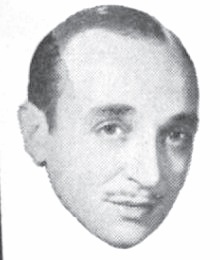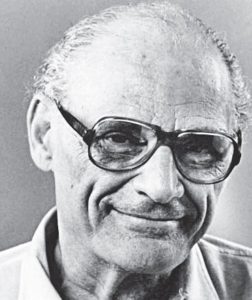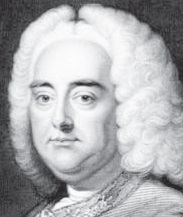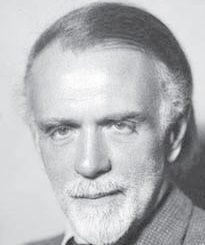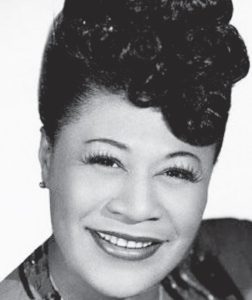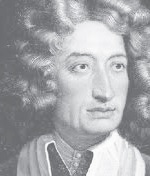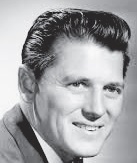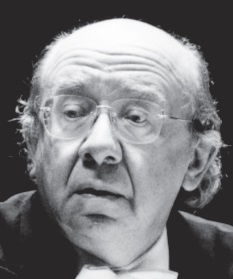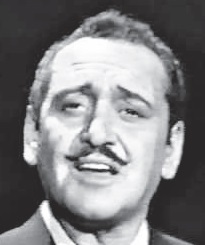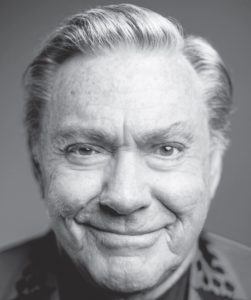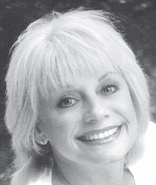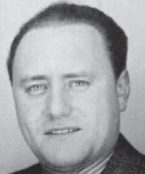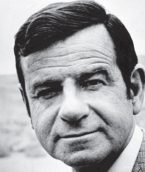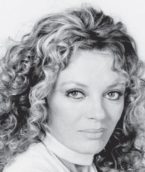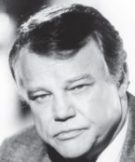Composer: Giacomo Puccini; Singer: Burl Ives; Composer: Johann S. Bach; Organist: Robert Elmore
 REVIEW POTPOURRI
REVIEW POTPOURRI
by Peter Cates
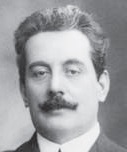
Giacomo Puccini
Puccini
Madame Butterfly Selections
Arthur Pryor’s Band; Victor – 31697, 12-inch one-sided black label acoustic shellac 78, recorded approximately between 1905 and 1913.
Several shellacs from the pre-1924 acoustic era feature symphonic bands doing very nice performances of operatic excerpts. Arthur Pryor’s Band left one devoted to the matchless melodies from the opera, Madame Butterfly, of Giacomo Puccini (1857-1924) and is recommended heartily to collectors of early acoustic band disks.
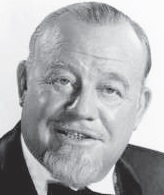
Burl Ives
Burl Ives
Songs of the West
Decca – DL 4179, mono LP, recorded 1961.
Burl Ives applies his Down Comforter of a voice to a dozen western classics – Home on the Range, Mexicali Rose, Cool Water, Jingle, Jangle, Jingle, Empty Saddles, etc.- and has the arrangements of Decca’s late, great Nashville A t R man, Owen Bradley, and the Anita Kerr Singers, both uncredited on this album.
My absolute favorite, one I have played many times with pleasure, is The Cowboy’s Dream, with its gospel message and the exquisite, separately recorded, different harmonies of Anita and her colleagues added gradually in each of the choruses. Recommended!
Bach on the Biggest
Robert Elmore, organist; Mercury SR90127, stereo LP, recorded 1956.
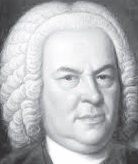
Johann Bach
Organist Robert Elmore (1913-1985) was recorded on November 23, 1956, playing the Auditorium Organ of the Atlantic City Convention Hall. To call this instrument a behemoth of Great White
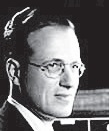
Robert Elmore
Whale proportions would most likely be an understatement. Its volume alone is equal to that of 25 brass bands; 225,000 feet of lumber was used in its construction, including 10,000 just for the 12 pipes; and the hall itself is more than 13 stories and occupies four city blocks.
Elmore’s playing of Bach’s Toccata and Fugue in D Minor, Toccata, Adagio and Fugue in C Major and Sleeper’s Awake and In Dulci Jubilo Chorale Preludes is both magnificent and magnificently recorded. A record worth seeking out!


